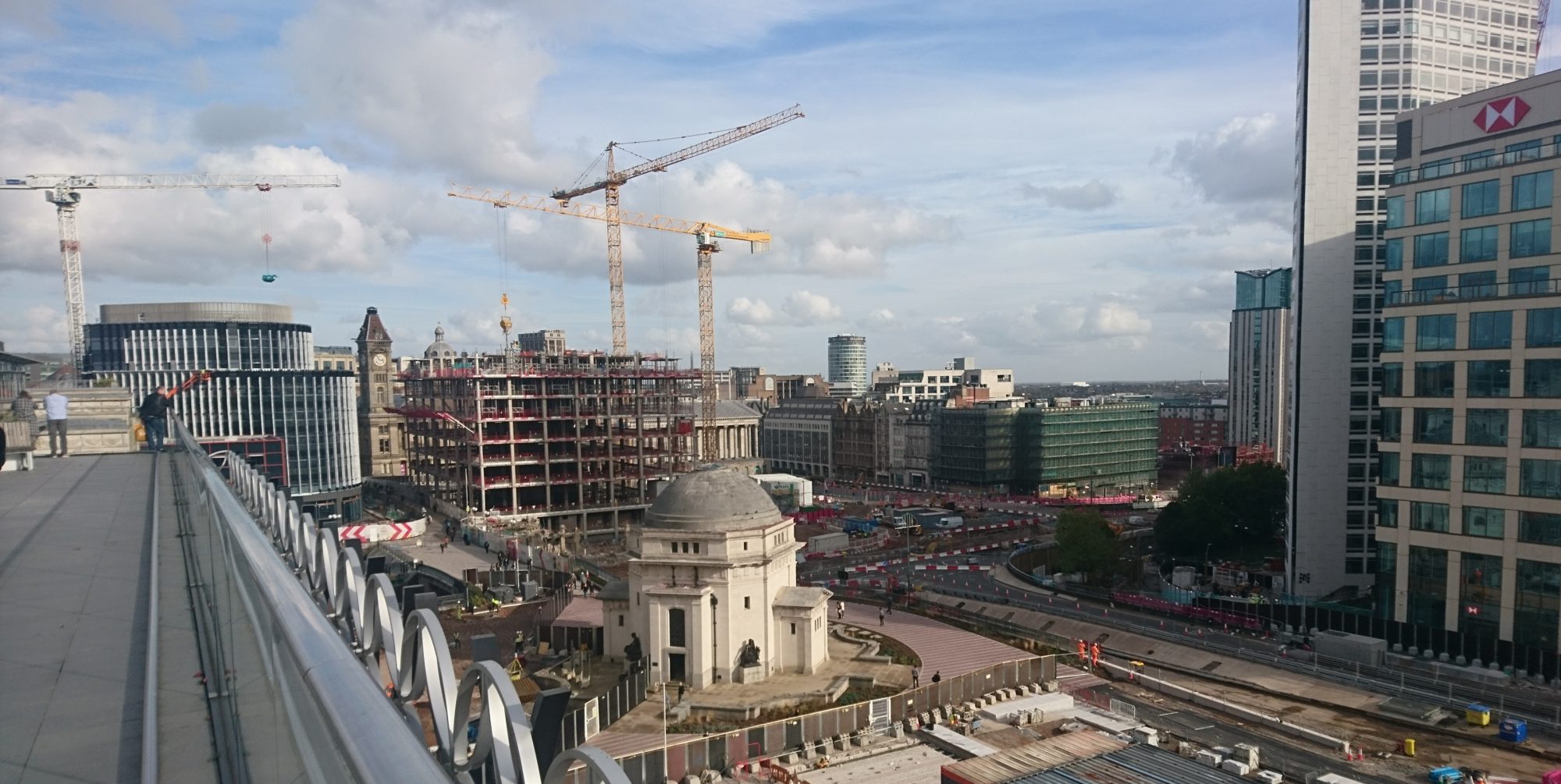Before it disappears into the mists of time, I wanted to say something about a talk I gave at Aboagora 2018 on 22 August. Aboagora brings university research together with the creative arts and a public beyond academia. This year the theme was ‘burden’.
The workshop I participated in was called ‘Palimpsest Cities: The Past as Burden and Possibility in City Literature’. Lieven Ameel spoke first, introducing literary urban studies as a discipline. Memorably he talked about the city in terms of the image of the ‘machine in the garden’, referring to the theorist Burton Pike and to literary examples from the USA and Finland. People benefit from living in cities, according to this image, but by doing so risk losing their understanding of themselves as part of the order of nature.
In my own talk I explored the past and present of Kauppatori, the Market Square of central Turku. I did so using historical mediations of it including photographs and maps, and by taking my own notes and photos on repeated visits to this place in July and August 2018. While speaking I showed a rotating slideshow, both my own shots and old photographs plus images from books
I argued that it is a place whose identity combines extreme centrality with important lacks or failures of centrality. These photos included one which is now the cover page of this blog. There, the layered nature of this city is made visible by the archaeological excavations accompanying the reconstruction of the square in 2018, revealing an earlier layer of pavement perhaps from the late 17th century.

In my account of Kauppatori I worked closely with the notion of the infraordinary, proposed by Georges Perec. To left is Perec sitting in the Cafe Marie at the Place Saint-Sulpice in Paris in 1974.
Among the infraordinary items of Kauppatori in 2018 I became particularly fascinated by the tall, rusting lamp-posts that I think will be removed by the present works on the square. Here is one of those:

Next, the Estonian writer Jan Kaus spoke about his childhood in Kitseküla, a neighbourhood south of the centre of Tallinn, and the changes this area has seen. Jan reflected on the relationship between cities as experienced and the time of a life, such that old buildings may seem actually to be the past but in fact are not. We exist in a present which is always momentary and between pasts and futures. This fact has been interpreted or avoided in various ways when cities have been regenerated or, as sometimes after wartime bombings and the like, reconstructed in an effort to restore the past.
A lively question-and-answer session followed. On balance I thought that in our talk the speakers connected with each other well by talking about related areas in ways that were quite different from each other. I was pleased to get the feedback afterwards that it had sounded like I was reading out a short story about Kauppatori and me.
